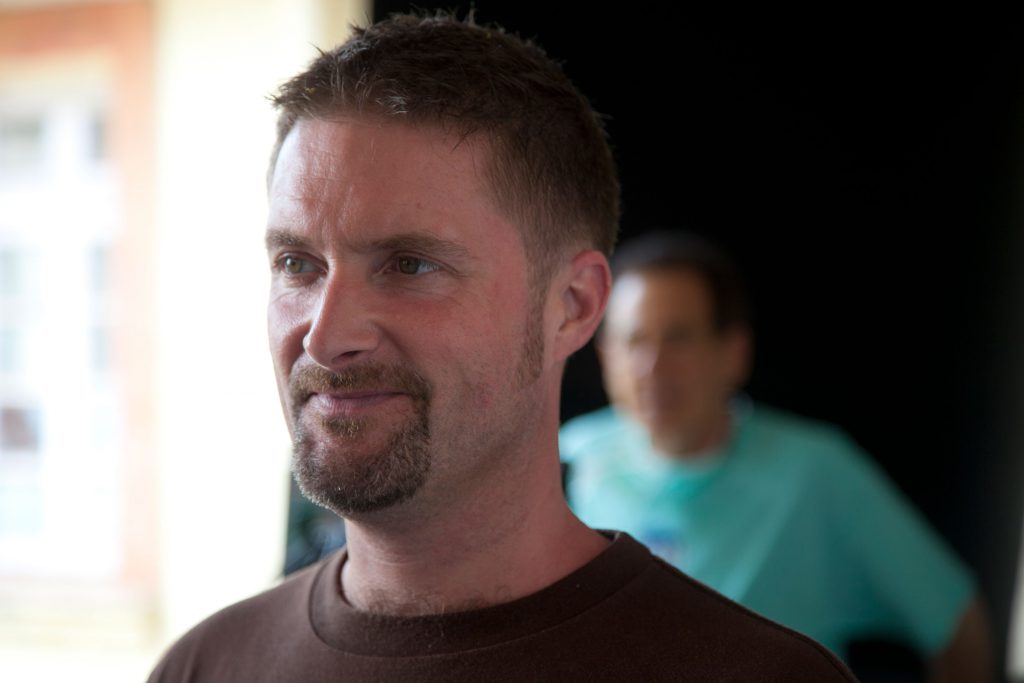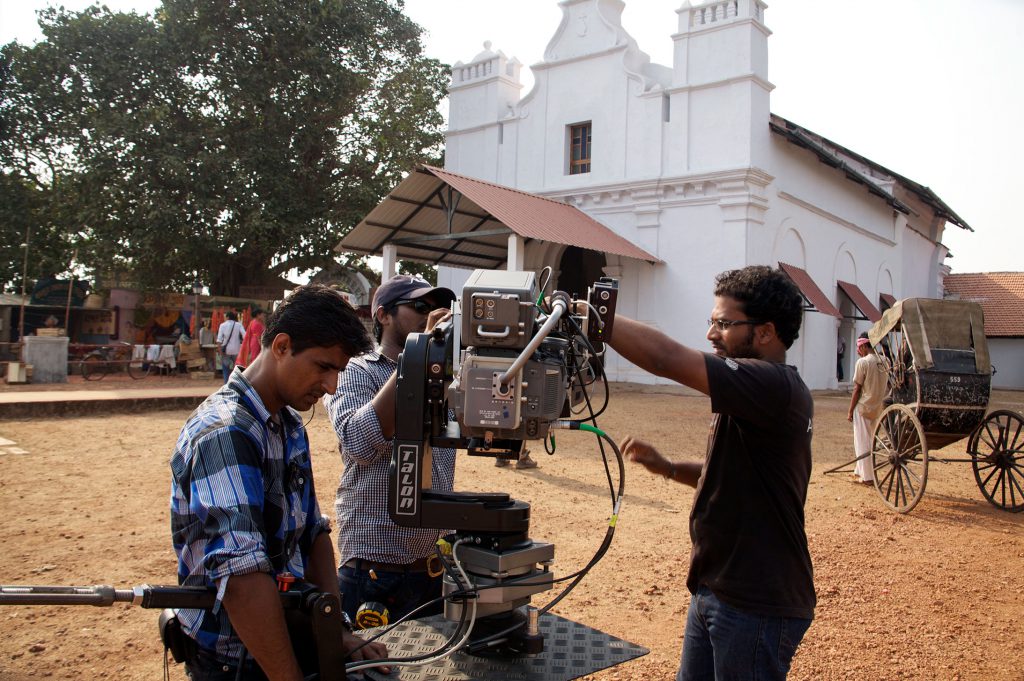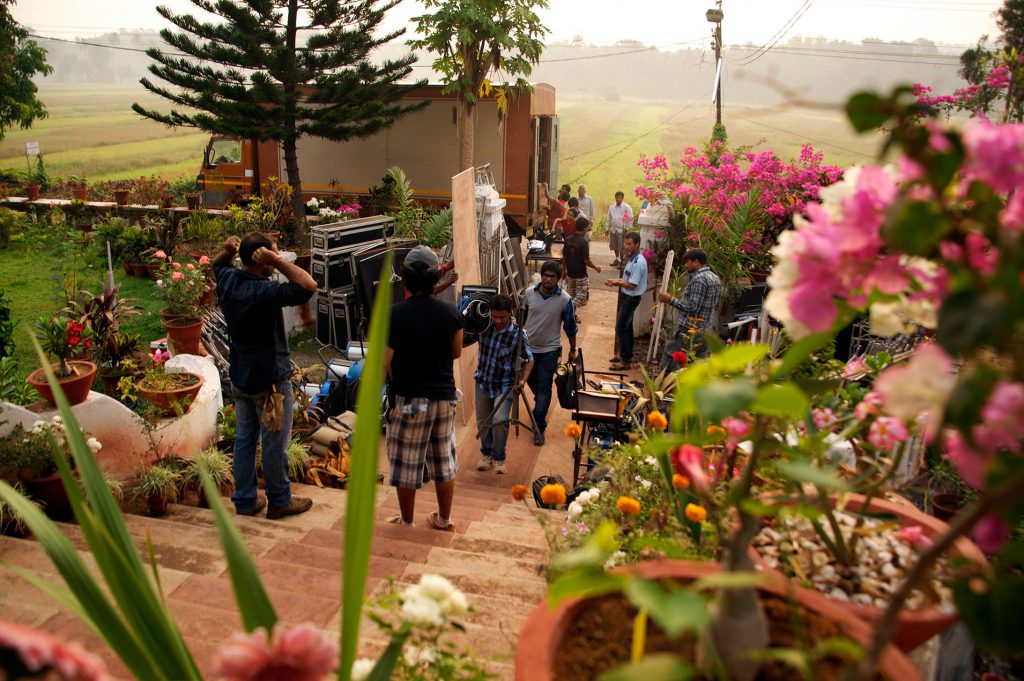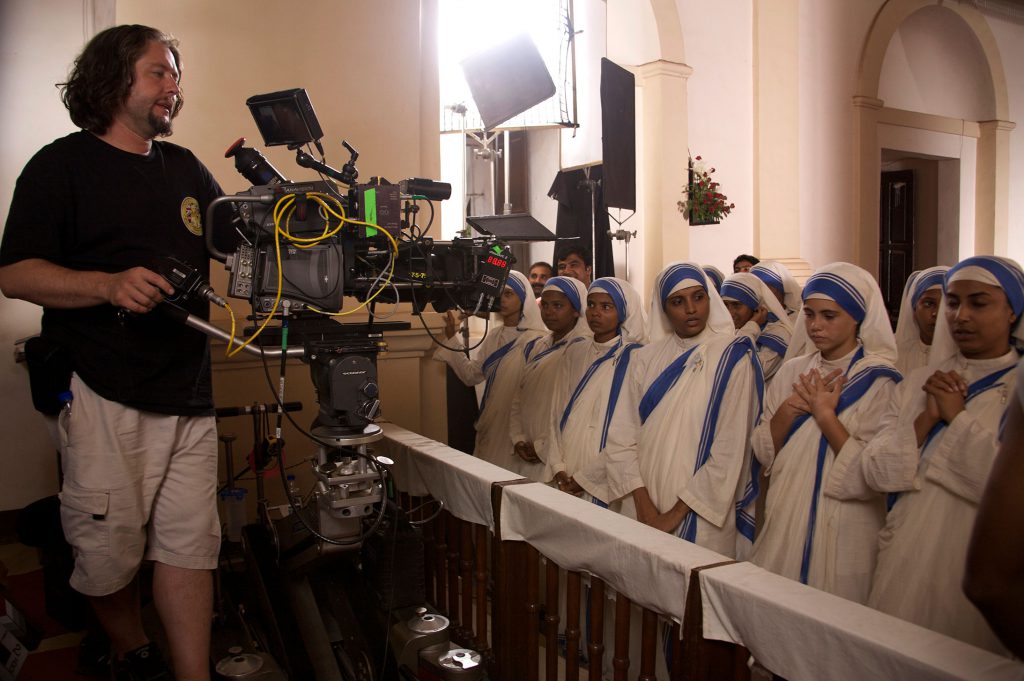A Producer’s Survival Guide to India - Part 3: Travel
India is an astounding, ever-changing, chaotic melting pot of ideas, religions, landscapes and history that contribute to its mind-boggling diversity. Perhaps this is why so many creative minds have been attracted to the sub-continent over the years? It’s impossible to run out of inspiration. This five-part series will arm you with information, tips and advice to help get you started.
 India runs entirely on its own schedule as things are habitually done at the last possible minute. This is especially true of government organisations and bureaucrats. Many productions are ‘green lit’ at the last minute so this can work to your advantage as getting things done at the last minute is systemic. It’s a good idea to drive things forward and track progress regularly. Never assume that anything important is underway without evidence.
India runs entirely on its own schedule as things are habitually done at the last possible minute. This is especially true of government organisations and bureaucrats. Many productions are ‘green lit’ at the last minute so this can work to your advantage as getting things done at the last minute is systemic. It’s a good idea to drive things forward and track progress regularly. Never assume that anything important is underway without evidence.
India has a bewildering array of festivals and public holidays, some of which are national, state specific or only celebrated in small communities and villages. Local advice about events and holidays that might cripple your schedule is essential. Keep an eye on the local news too.
The death of a prominent local politician or movie star could result in local services being shut down and unexpected public gatherings taking place. Things can sometimes get heated around election time so it’s a good idea to know where any local flash points might be and avoid them if your schedule coincides with one.
 Seek local advice when working out travel times rather than using Google maps. Google has become more accurate over the years but there are so many factors that affect transport times in India that it’s best not to use it to plan a precise schedule.
Seek local advice when working out travel times rather than using Google maps. Google has become more accurate over the years but there are so many factors that affect transport times in India that it’s best not to use it to plan a precise schedule.
When booking your international flights don’t overlook the fact that India now has international flights to many regional airports and not just the major hubs of Delhi and Mumbai. You can fly in and out of the most convenient airports for your schedule. If you are using a carnet, make sure that your port of entry and exit can facilitate them.
Domestic Flight Times on Major Routes
Delhi (DEL) to Mumbai (BOM): 2hrs 10 mins
Goa (GOI) to Mumbai (BOM): 1hr
Mumbai (BOM) to Kolkata (CCU): 2hrs 45mins
Delhi (DEL) to Kolkata (CCU): 2hrs 10 mins
Chennai (MAA) to Delhi (DEL): 2hrs 55mins
Thiruvananthapuram (TRV) to Delhi (DEL): 3hrs 40mins – longest direct flight in India.
 If you plan on moving equipment by air, always book and pay for excess baggage in advance. This is easy to do online, saves money, saves time at the airport and means that your baggage will most likely travel on the same flight as you.
If you plan on moving equipment by air, always book and pay for excess baggage in advance. This is easy to do online, saves money, saves time at the airport and means that your baggage will most likely travel on the same flight as you.
Expect all modes of transport to be delayed during the monsoon season if the wind and rain are particularly heavy. Winter airports in the North of the country are quite often affected by delays due to fog, which is particularly true of Delhi. When travelling at high altitude, roads can become blocked by landslides during the monsoon and snow during the winter. Some roads that traverse mountain passes remain closed throughout the winter.
Unit moves can take longer than expected when moving large trucks on minor roads. Power and telecom lines are often hung low across roads and it’s sometimes necessary to have someone walk in front of vehicles pushing up cables with a long wooden pole to let your trucks pass. This means that your entire unit moves at walking pace part of the way unless you ensure all smaller vehicles move out from the previous location first.
 When considering a unit move in these circumstances, always schedule the move for the early hours of the morning to avoid creating traffic chaos. You’ll need high powered flashlights to see the cables at night.
When considering a unit move in these circumstances, always schedule the move for the early hours of the morning to avoid creating traffic chaos. You’ll need high powered flashlights to see the cables at night.
India has a different range of daylight hours from North to South. If you’re traveling then you mustn’t get caught out by this. The variation can be as much as two hours. When working in the mountains, usable light can occur later and finish sooner than published sunrise and sunset times if the sun has to climb above high peaks in the morning or disappear behind them in the evening.
As the head of Goa Film Services, Tony Cordeaux has years of experience navigating India's production and locations industry. For more information about filming in India, you can contact Tony here.
Related Posts
- Filming in Tierra del Fuego with Location Manager Santiago Pampliega
- A Producer’s Survival Guide to India – Part 4: Budgeting
- How productions can navigate Chile’s early winter
- A Producer’s Survival Guide to India – Part 1: Visas
- Angles Unlimited India Productions films near New Delhi for Jaguar spot
- India filming locations: Scouting off the beaten track
- Filming locations and logistics in India
- A Producer’s Survival Guide to India – Part 5: Local Crew and Equipment
Related posts:
Comments
Not Logged in
You must be logged in to post a comment
There are no comments